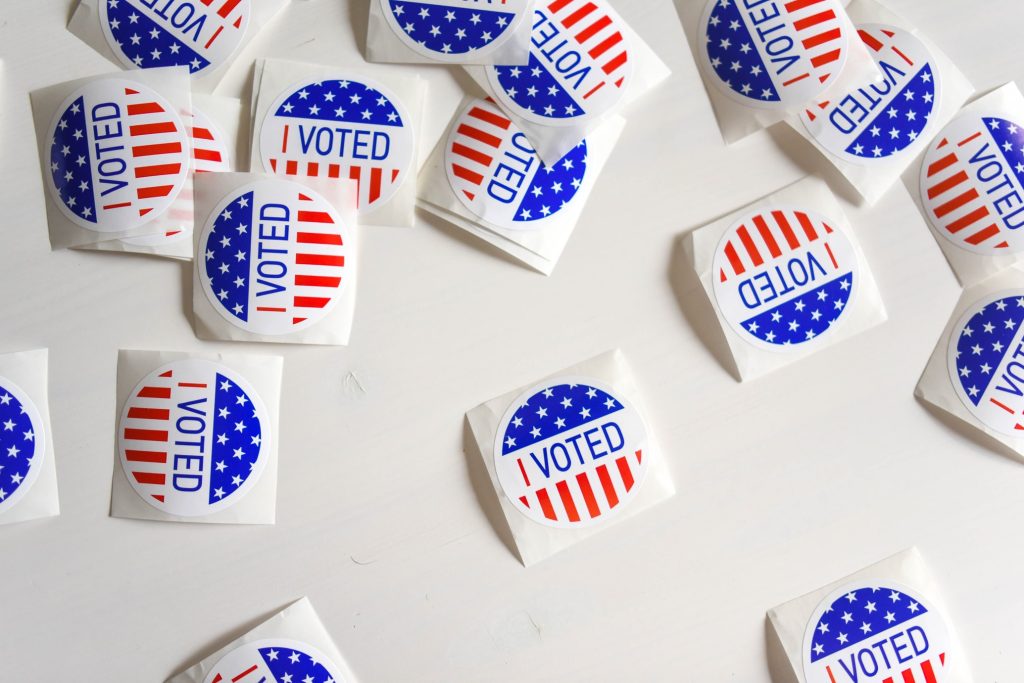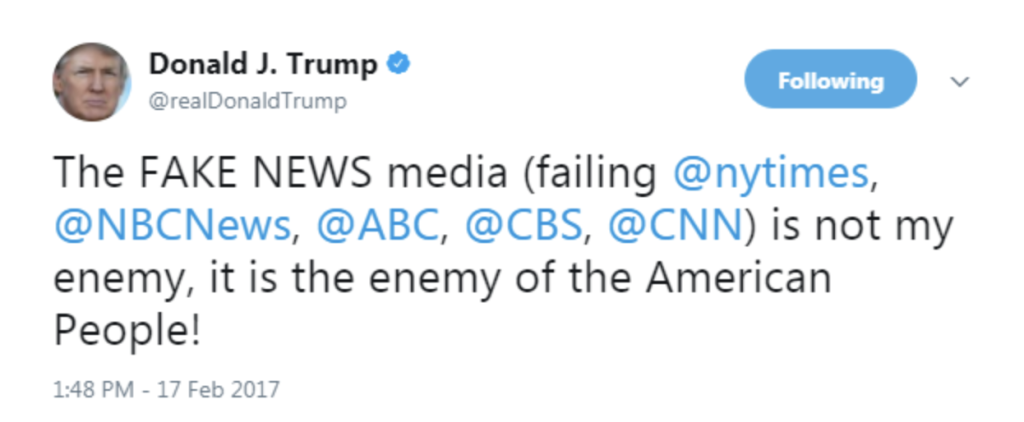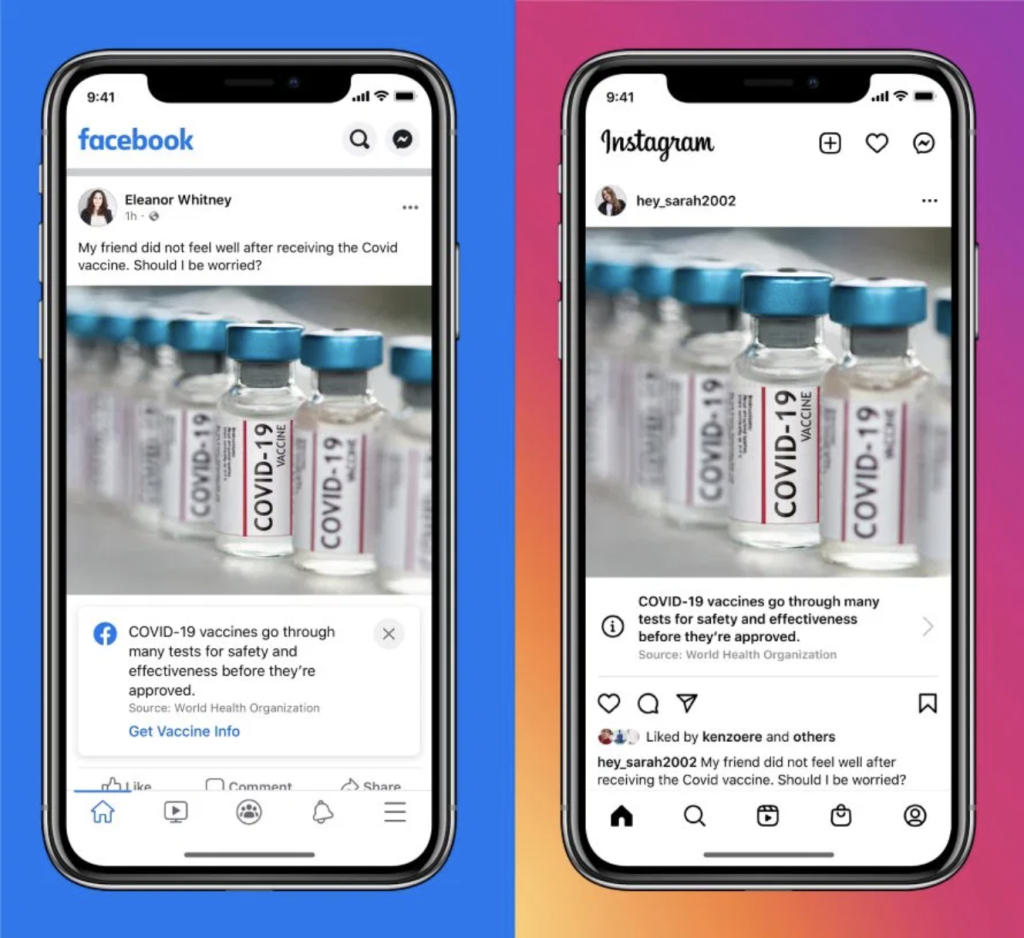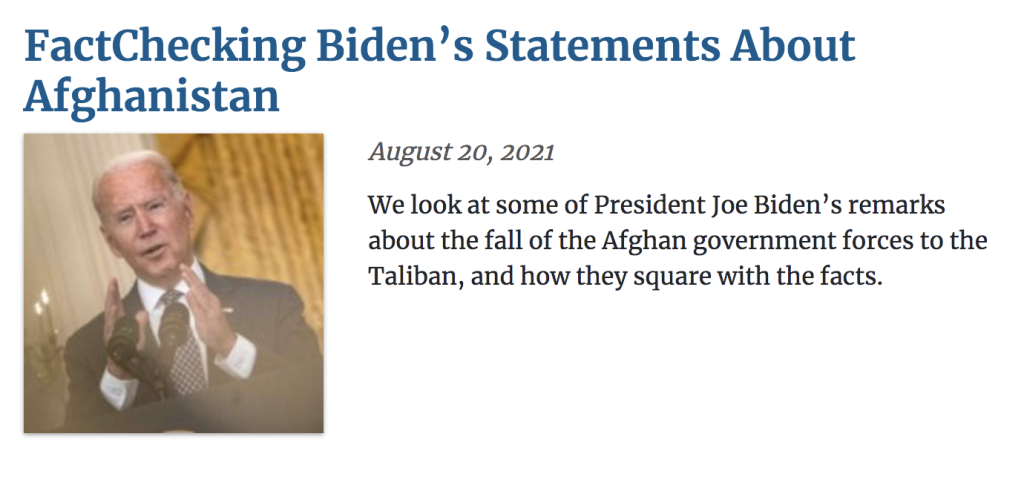The term fake news refers to false and/or misleading information about our world in general. From politicians and celebrities to companies or historical events – anything and anyone can be a subject of fake news.
Nowadays, fake news is extremely hard to stop and it usually spreads across social media.
? Read Crisis Management 101: How to Save Your Business When a Crisis Strikes
Fake news spreads quickly, as it is hard to spot since it’s mostly written in the same manner as other, real news. For instance, research done on tens of thousands of tweets containing rumors sent out between 2006 and 2017 finds that “…the top 1% of false news cascades diffused to between 1000 and 100,000 people, whereas the truth rarely diffused to more than 1000 people.”
Is Fake News a New Phenomenon?
Simply put: no, fake news is not a new phenomenon. Propaganda, lies, spin, and misleading information were a thing long before social media. As the Conversation shows, the first traces of fake news dates back to the Greek antic times. But, with the rise of modern newspapers in the early 19th century, rose the type of false stories we know today. From then on, fake narratives have been used for various purposes – wars, religious conflicts, business interests – you name it.
People have always, in one way or another, been subject to political manipulation. But, since the rise of the Internet and especially social media, it became much easier to spread fake news. And, what is even more worrying, it became much harder to recognize or stop fake news.
Fake News in the Age of Social Media
Fake news, the term nowadays (unfortunately) so familiar to all of us, gained its popularity during the 2016 U.S. Presidential elections.
During the 2016 U.S. Presidential elections, a group of North Macedonian teens launched around 140 political websites that shared the news considering the US elections that were not actually true. Some of the fake news shared on the sites were that the Pope was supporting then-presidential candidate Donald Trump or that Mike Pence offended the former First lady Michelle Obama.

These, and other fake news shared on the sites spread quickly. Many people believed the articles to be true, without fact-checking them. As one study shows, 25% of Americans visited a fake news website weeks before the 2016 Presidential election.
All in all, the importance of social media and fake news during those Presidential elections was never-before-seen. It even resulted in the huge Facebook vs Cambridge Analytica scandal. The scandal showed how our online data and the content we see online can be manipulated for political purposes.
Even though U.S. Presidential elections were not the first case of people purposely writing and spreading fake news, it surely was one of the biggest we’ve witnessed in the digital age. But, why do people purposely share inaccurate and misleading content in the first place?
Why is Fake News Created?
One answer lies in spreading fake news for certain purposes. Most of the time, fake news serves as a (not so) great tool in the political arena. In the age of social media, many politicians create fake stories about their opponents. They mostly do so to dissuade the voters from voting for them. Just remember one of the most famous fake news stories – the one about Hillary Clinton and the gruesome Pizzagate accusations.
Another answer to why people create and spread fake news lies in gaining financial profit. This was the case with the beforementioned North Macedonian teens.
The teens told BuzzFeed News:
“… they learned the best way to generate traffic is to get their politics stories to spread on Facebook — and the best way to generate shares on Facebook is to publish sensationalist and often false content that caters to Trump supporters.”
Later on, while he was serving as the President of the United States, Donald Trump took the term fake news into the mainstream.

Many people nowadays associate the term fake news with Donald Trump. Trump used the term widely during his presidential campaign and presidency. He used it mostly to criticize the mass media coverage of his 2016 presidential campaign, and his politics overall.
Award-winning newspapers such as The New York Times, or television broadcasters CNN, CBS or NBC, and many more, became “the fake news media” and public enemies number one in Trump’s view. This made it even harder for readers to understand who to trust, and how to differentiate fake from real news.
Can You Spot Fake Stories
If you think you know how to spot fake news, and would never believe a lie, you might want to think again. Even tech-savvy people can be easily fooled.
In 2016, researchers at Stanford University found that, when it comes to judging the credibility of online information, “otherwise digital-savvy students can be easily duped.”
“This finding indicates that students may focus more on the content of social media posts than on their sources,” the authors wrote. “Despite their fluency with social media, many students are unaware of basic conventions for indicating verified digital information.”
How to Recognize Possible Fake News
So, how to even tackle the spread of fake news if it’s so hard to spot them?
#1 Most of the social media sites will do it for you
In the past few years, companies like Google and Facebook decided to fight the amount of fake news on their sites. After the previously mentioned Cambridge Analytica scandal, Facebook and other tech giants took data protection and fake news battling seriously.
For example, all big social media platforms – Facebook, Twitter, and Instagram started banning profiles and flagging posts that spread false and dangerous information.
Nowadays, this is mostly seen regarding the news about the COVID-19 vaccine. For example, if you haven’t seen these warnings yet, try sharing an Instagram story related to the COVID-19 vaccine. You’ll get a warning from Instagram to fact-check your post before sharing it.

#2 Fact-check what you’re reading and sharing
Fact-checking means making sure that all the facts in a piece of writing, a news article, a speech, etc. are correct.
But, you don’t have to do it by yourself, as it can be a tiring task. Nowadays, there are various fact-checking sites that will check the accuracy of online articles for you.
Some of the most famous fact-checking sites are FactCheck.org, a project started by the University of Pennsylvania, and an international fact-checking network Poynter which started a Pulitzer prize-winning site Politifact.

#3 Read the same story from several different sources
If you read a storyline from one site, it might be best to search for the same story on several different sites before sticking to it. That should minimize the risk of the story being fake.
#4 News should be objective
Also, look for objectivity in the news articles. Make sure that the story you’re reading is covered in an unbiased, objective way. If you have a feeling that the article is too subjective, it might be best to check its accuracy.
In Conclusion
As we’ve shown in this article, anything and anyone can be the subject of fake news. Even though this sort of (political) manipulation has always been present, fake news became even easier to spread, harder to recognize, and hardest to stop in the age of social media.
The several steps we mentioned at the end of this blog are a start to recognize and, in the long run, stop fake news. And, there are even various sites and social media platforms that can do the job for you.
But, if you really want to avoid believing and sharing fake news and misleading information, the best advice would be to think critically about all the information you encounter online. It is also best to take the time to verify the information before believing it or resharing it to your followers.



